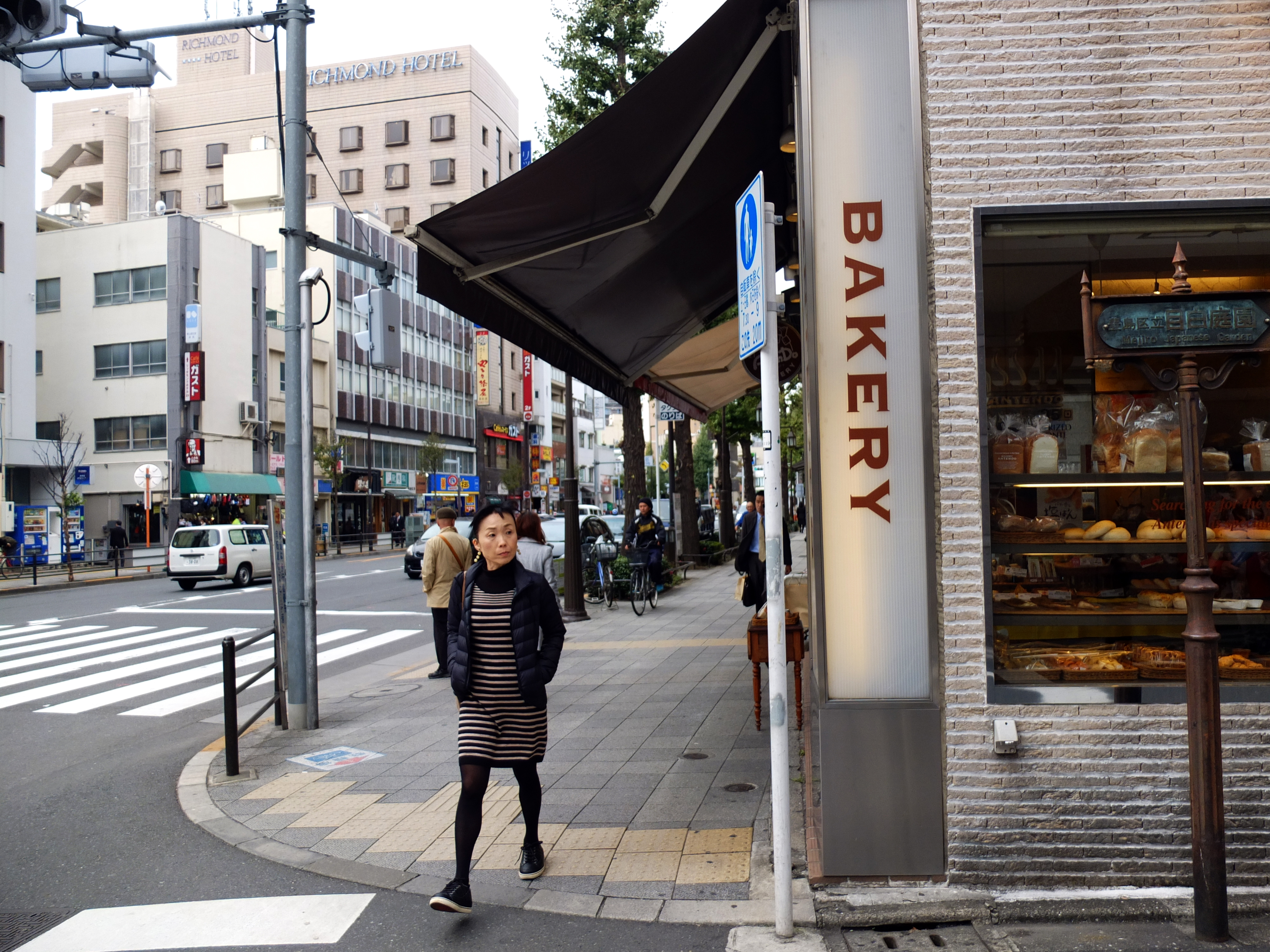For most of modern history, the Japanese failed to understand the point of the baguette — known locally as furansu pan (French bread) — and shunned the globally coveted Gallic specialty, thinking it was hard and tasteless. Carried by almost every bakery in Tokyo, it was often isolated from the main cast of popular offerings such as sweet pastries and curry pizzas — even in fashionable bakeries like Pompadour and Kobeya. Four or five loaves always remained at closing time while everything else sold out.
Aside from the taste and the local preference for softer breads, the Japanese long held that furansu pan was a snack and not suitable to be eaten as part of a real meal, especially for men born during the Showa Era (1926-89). Back in the day, breakfast in my household was always a battle between my mother, who just wanted to slap a big basket of supermarket rolls on the table and pour the coffee, and my father and his gang of three sons who put up a united front in favor of what I call the "full Japanese," consisting of rice, miso soup, grilled fish and, when going all-out, fried eggs.
That's a lot of work and stress, and my mother — understandably — hated mornings. She never sat down to eat breakfast with the family and it was only after we left for school and work that she would retire to the couch with her coffee and toast, where she could enjoy a brief moment of peace and quiet. For her, as for many women in Japan, bread has been the ultimate comfort food — even a guilty pleasure.



